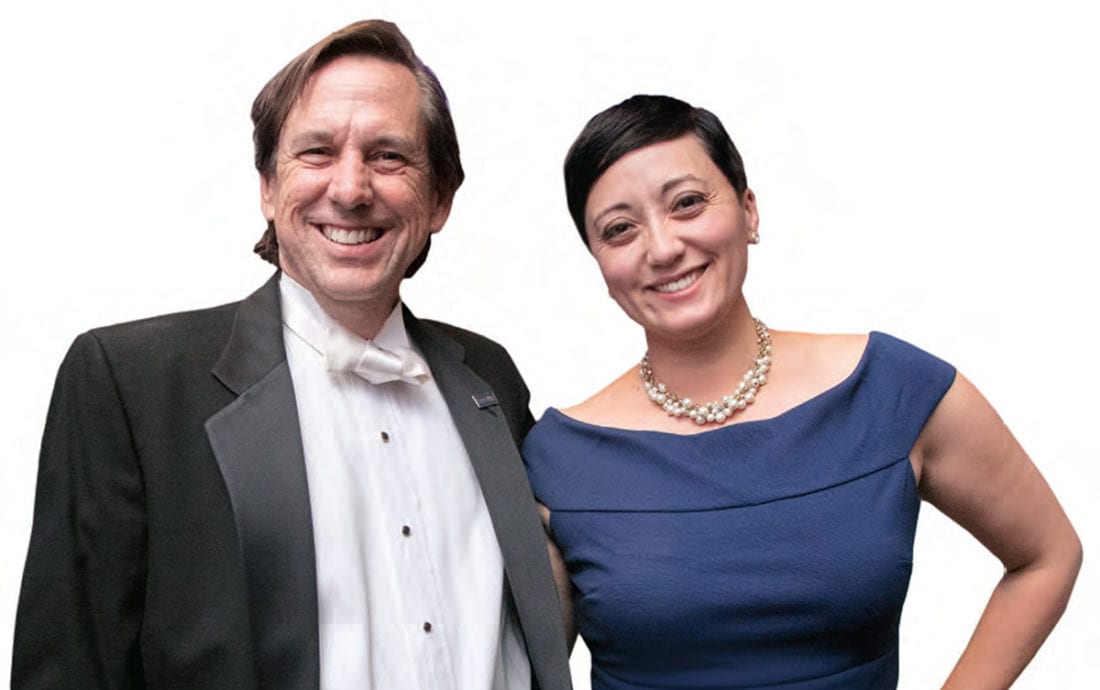Sanjay Beri, MBA 06
CEO & Founder, Netskope

When an executive fails to turn a profit yet still gets a rich payout, it’s certain to raise eyebrows—and possibly trigger a backlash from shareholders wary of corporate excess.
Yet in an age when companies must innovate to survive, it may be necessary to reward corporate leaders in spite of failure.
A new body of research by Assoc. Prof. Gustavo Manso has demonstrated benefits to compensation arrangements that many corporate governance experts have come to frown upon. His central argument: Companies that want to blaze new trails should not penalize managers whose efforts don’t quickly bear fruit.
“When you want managers to innovate, the types of incentives you use are very different from traditional pay-for-performance arrangements,” explains Manso, who holds the William A. and Betty H. Hasler Chair in New Enterprise Development. “You need to reward early failure and focus on long-term results.”
After last decade’s financial crisis, when the leaders of some of the nation’s largest banks and brokerages walked away with tens of millions while their companies needed taxpayer bailouts or fire-sale takeovers, golden parachutes for executives who don’t perform came to be seen as improper, while linking compensation more tightly to success came into favor.
Manso has re-examined compensation for an age of innovation. In particular, his research finds that provisions such as incentive packages that pay well despite short-term failure, stock options that keep their value when share prices fall, and even generous payments when corporate leaders lose their jobs—precisely the perks shareholder activists hate—may sometimes be needed to motivate managers to take risks and try new things.
Manso’s work comprises a groundbreaking mix of theory, data analysis, and experimentation. In a landmark 2011 article in The Journal of Finance, he built on the classic distinction between two approaches to management: “exploitation” and “exploration.” The first relies on tried-and-true practices that are likely to pay off. The second seeks better ways of doing things but can lead down blind alleys.
Using a theoretical model, Manso showed that pay-for-performance works well when the goal is to achieve the best results from known techniques. But managers who are expected to innovate must be paid for long-term, not short-term results, and they should not have to worry about losing their jobs if new methods fall short.
In a later article, Manso modeled the impact of public versus private ownership structures on investment in innovative projects. He and his co-authors found that while public ownership incentivizes the companies to cash in on existing ideas—since the market reacts quickly to good and bad news—private ownership gives more leeway for exploring new ideas.
Manso cautions, however, that using compensation plans to motivate innovation can prove tricky in practice. To make sure managers don’t take advantage of arrangements that tolerate short-term failure, their performance must be monitored and they must be given regular feedback. And the burden on boards is intensified because directors must create incentives for innovation while also guarding against abuses.
Posted in:
Topics:




